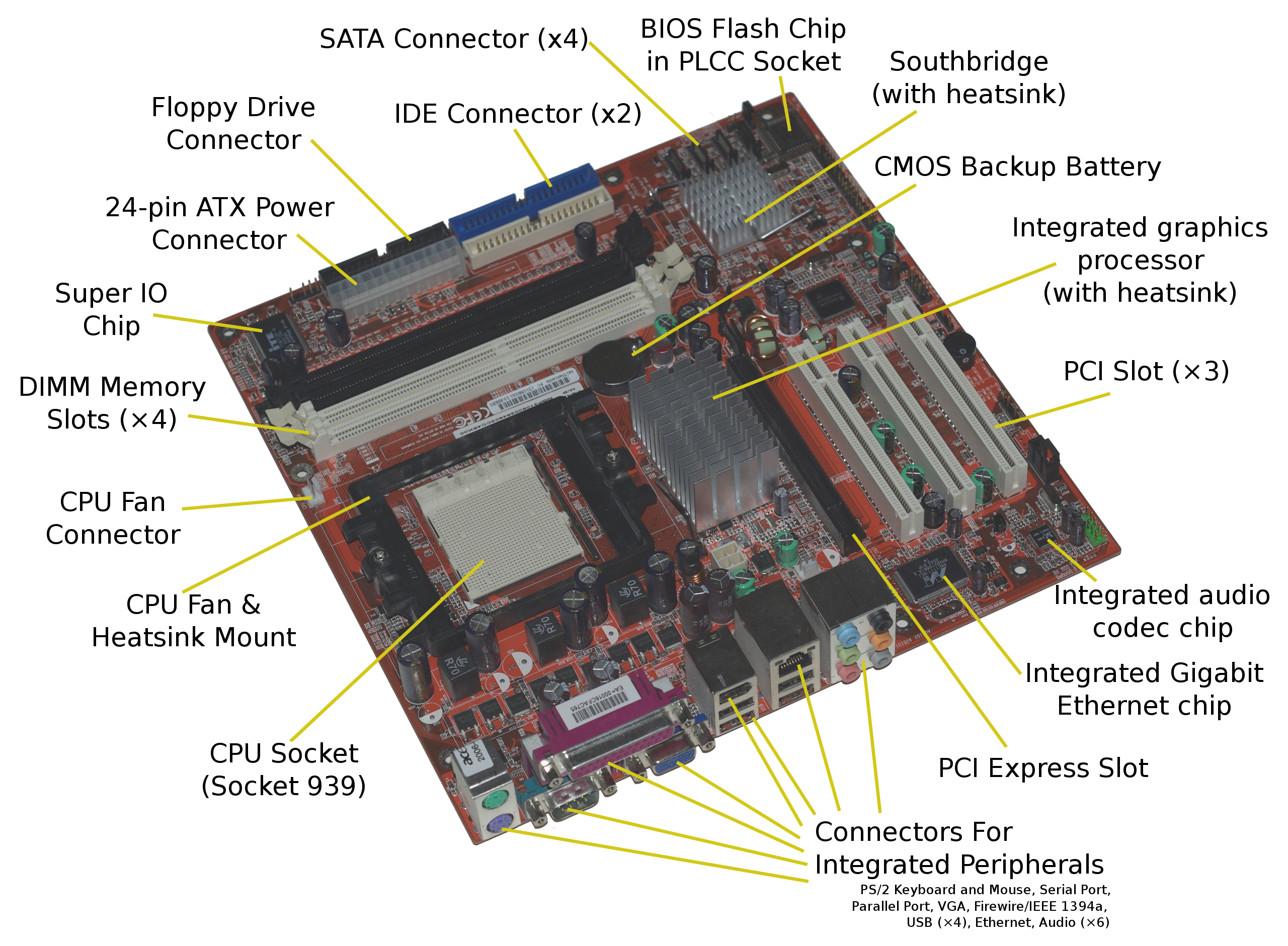Having trouble playing videos on your PC running Windows 10 or 11? Here are 7 solutions to help you fix the issue.
Update Graphics and Display Drivers
1. Open Device Manager: Right-click on the Start button and select “Device Manager.”
2. Expand Display Adapters: Look for your graphics card under “Display Adapters” and right-click on it.
3. Update Driver Software: Click on “Update Driver Software” and select “Search automatically for updated driver software.”
4. Check for Updates: Windows will search for the latest drivers online and install them if found.
If the above steps do not resolve the issue, you can also try updating your graphics drivers manually by visiting the manufacturer’s website and downloading the latest drivers for your specific model.
Updating your graphics and display drivers can often fix video playback issues on your PC, so be sure to keep them up to date for optimal performance.
Run Video Playback Troubleshooter
| Solution | Description |
|---|---|
| Run Video Playback Troubleshooter | Windows 10/11 comes with a built-in Video Playback Troubleshooter that can help diagnose and fix issues with video playback. To run the troubleshooter, go to Settings > Update & Security > Troubleshoot > Video Playback and follow the on-screen instructions. |
Change Power and Audio Playback Settings
1. Adjust Power Settings: Go to the Control Panel and navigate to Power Options. Here, you can select a power plan that suits your needs, such as Balanced or High Performance.
2. Check Audio Playback Settings: Right-click on the speaker icon in the taskbar and select “Open Sound settings.” Ensure that the correct audio output device is selected and adjust the volume levels as needed.
3. Update Audio Drivers: Go to Device Manager, locate your audio device, right-click on it, and select “Update driver.” Follow the on-screen instructions to install any available updates.
Make sure to restart your PC after making these changes to apply them effectively. If your PC still won’t play videos, you may need to explore other solutions mentioned in the article.
Fix Corrupted Videos with Repair Tools
If you are facing issues with corrupted videos on your Windows 10/11 PC, you can try using repair tools to fix them. One effective tool you can use is Stellar Repair for Video, which can repair various video file formats including MP4, MOV, AVI, MKV, and more.
Another option is to use DivX Repair to fix corrupted DivX videos. This tool can help repair corrupt files and make them playable again. Additionally, you can use VLC Media Player to repair corrupted video files. Simply open the corrupt video in VLC, go to Tools > Preferences > Inputs/Codecs > Damaged or incomplete AVI file, and select Always fix.
If you are still unable to play videos after using repair tools, you may need to update your video codecs or try playing the video on a different media player. It’s also a good idea to check for any updates to your device drivers or graphics card drivers, as outdated drivers can sometimes cause issues with video playback.
Check and Install All Available System Updates
It’s important to ensure that your Windows 10 or 11 is running the latest updates to support video playback smoothly. Updating your system can also improve security and overall performance.
To check for updates on Windows 10/11:
1. Click on the Start menu and select Settings.
2. Go to Update & Security.
3. Click on Windows Update and check for any available updates.
4. Install any pending updates and restart your PC if required.
By keeping your system updated, you can potentially fix issues that are preventing your PC from playing videos correctly. This simple step can often make a big difference in resolving video playback problems on your Windows device.
Restart Your Video Player or Use Repair Software
If your video player is not working properly, a simple solution may be to **restart the video player**. Close the application and reopen it to see if that resolves the issue. If the problem persists, you can also try using **repair software** to fix any potential issues with the program.
Another option to consider is to check if there are any **updates** available for your video player. **Updating** the software to the latest version may help resolve any compatibility issues with your Windows 10 or 11 operating system.
If the video player continues to malfunction, you can also try **reinstalling** the program. **Uninstall** the current version and then **reinstall** it to see if that solves the problem.
It’s also important to check if your **device drivers** are up to date. **Updating** your drivers can help ensure that your video player is able to function properly without any glitches or errors.
Disable Third-Party Cookies and Download Necessary Codecs
To fix video playback issues on your Windows 10/11 PC, try disabling third-party cookies and downloading necessary codecs. Disable third-party cookies in your browser settings to prevent potential conflicts with video playback. This can help improve the loading and streaming of videos online.
Next, make sure you have the appropriate codecs installed on your system to play various video file formats. Download codecs such as Flash Video, Windows Media Video, .m2ts, QuickTime, Audio Video Interleave, 3GP and 3G2, Matroska, Advanced Systems Format, MP4, M4V, and Moving Picture Experts Group to ensure compatibility with different types of videos.
Having the right codecs installed can also help prevent issues such as stuttering, glitching, crashing, and corruption when playing videos on your Windows PC.
Prevent Future Video Playback Issues
Check for any conflicting software or codecs that could be causing issues with video playback. Remove any unnecessary programs or codecs that may be interfering with the playback of your video files.
Ensure that your video files are in a supported format such as MP4, AVI, or MKV to prevent any compatibility issues. If you encounter playback problems with a specific file format, consider converting the file to a more widely compatible format.
Scan your computer for malware or viruses that could be affecting your system’s performance, including video playback. Use a reliable antivirus program to remove any potential threats and improve overall system stability.
FAQs
Why are videos not playing on my PC?
Videos may not be playing on your PC due to outdated drivers on the system. Updating drivers through Windows Update can help resolve this issue.
Why is my computer not displaying video?
Your computer may not be displaying video due to issues such as a failing stick of RAM, an overheating CPU, or a video card that isn’t seated properly. Some machines may have a digital display showing error codes or a series of lights indicating a problem.
Why is my Windows Media Player not playing videos?
Your Windows Media Player may not be playing videos because your computer may be missing the necessary video codec. Make sure you have the required codec installed to play the video files.
Why can’t i get videos to play?
I can’t get videos to play because the video file may be corrupt. This can be caused by various factors such as system bugs, hard disk errors, power surges, virus infections, and malware attacks.







